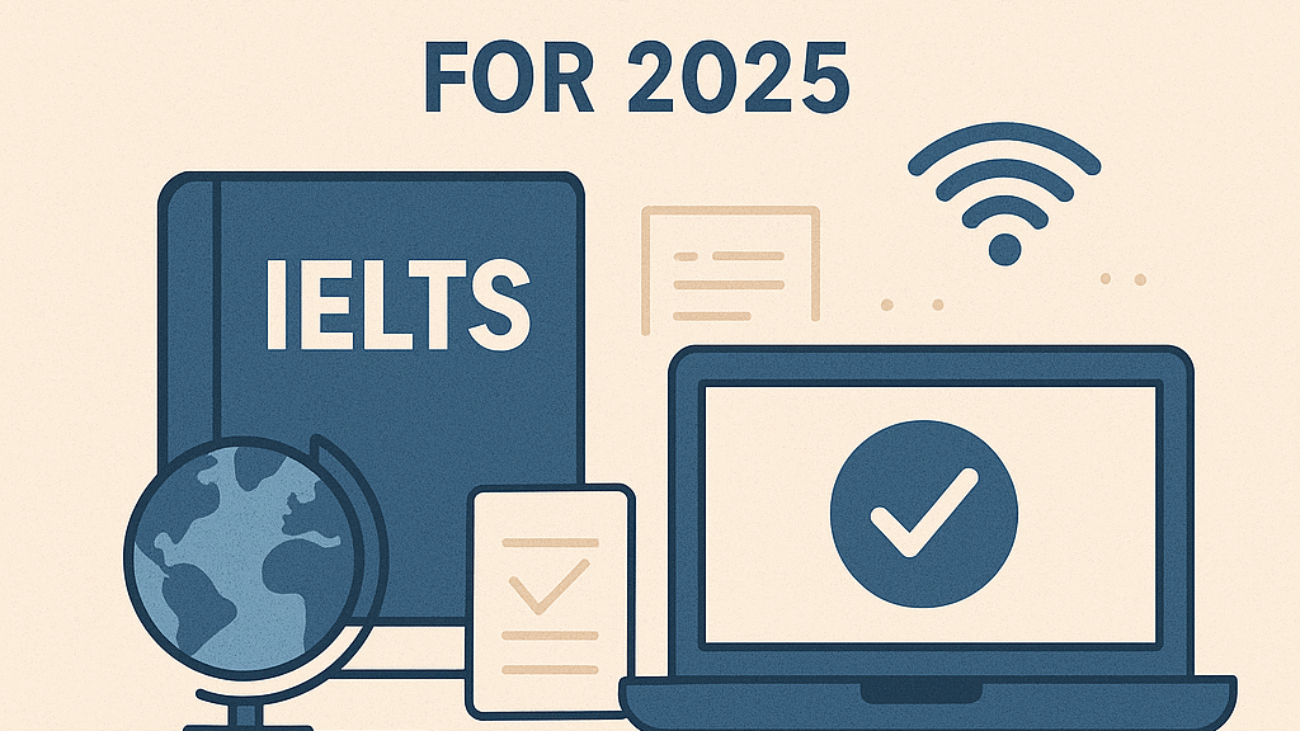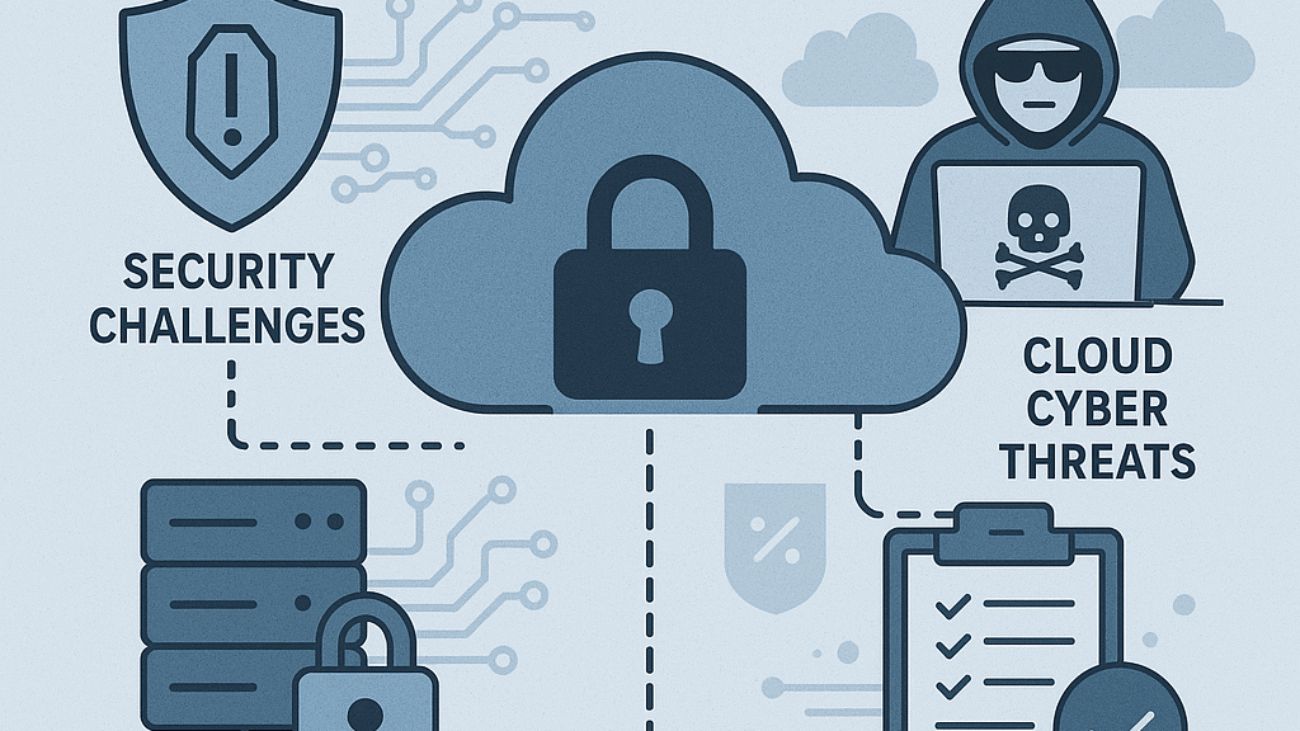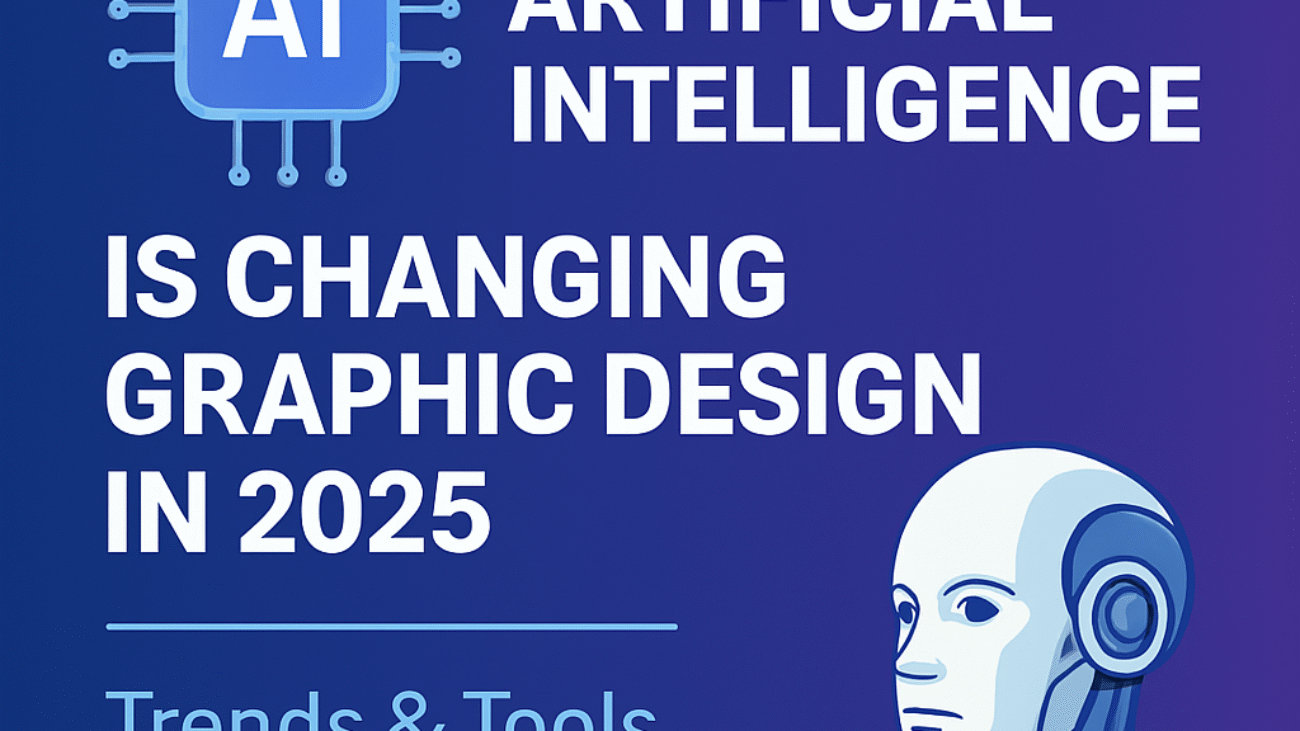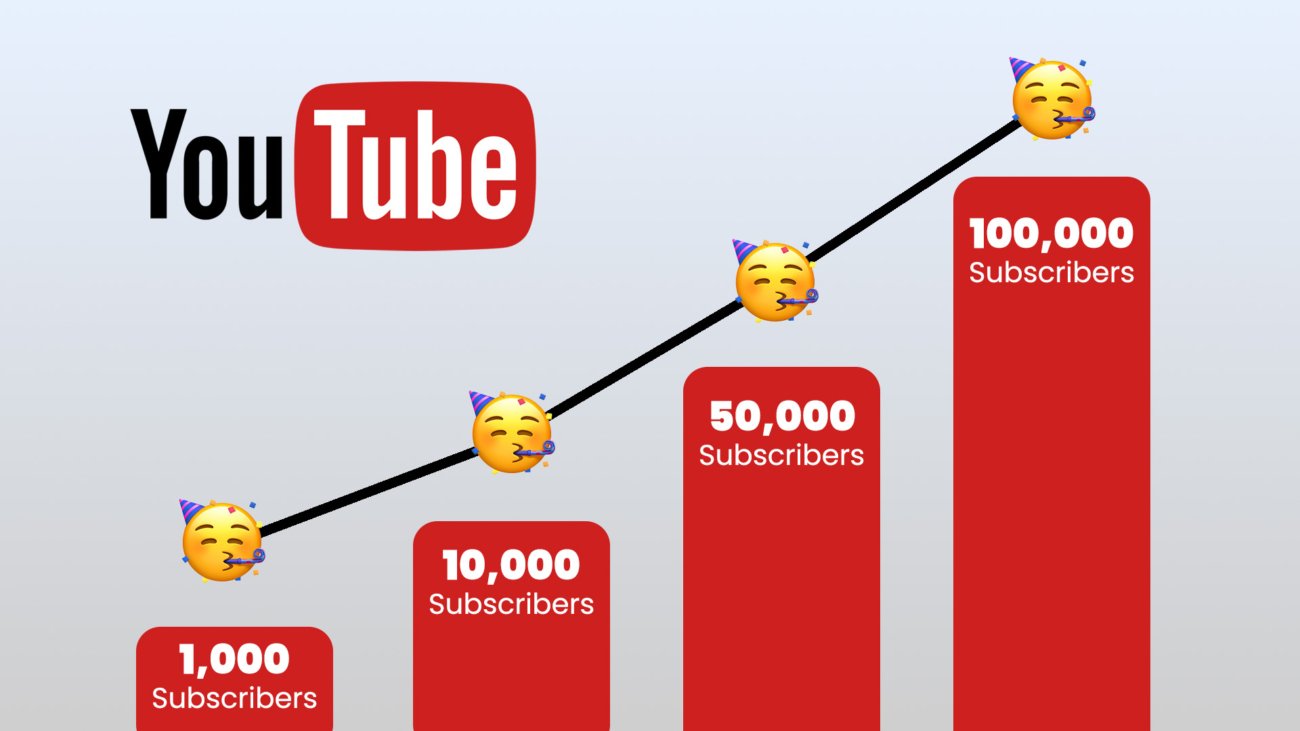Preparing for the IELTS exam can feel overwhelming—but with the right books and online tools, you can build confidence and achieve a high band score. This guide covers the most trusted IELTS preparation books and online resources, complete with direct source links for easy access.
Why Picking the Right IELTS Materials Matters
- IELTS evaluates four modules: Listening, Reading, Writing, and Speaking.
- Quality materials mirror real exam format and difficulty.
- They help students understand examiner expectations.
- The right mix of books and digital resources saves time and reduces stress.
- Consistent practice with authentic sources boosts accuracy and confidence.
Best IELTS Books for Preparation
1. The Official Cambridge Guide to IELTS
- Created by Cambridge experts who design the IELTS test.
- Includes eight full-length practice tests, strategies, and examiner tips.
- Covers both Academic and General Training modules.
- Best for beginners who want structured guidance.
- Link: https://www.cambridgeenglish.org/exams-and-tests/ielts/preparation/
2. Cambridge IELTS Series (Volumes 1–19)
- Contains authentic past IELTS exam papers with answer keys and listening audio.
- Provides the most realistic practice experience.
- Ideal for students aiming to understand exam style and timing.
- Best used as part of a regular mock test routine.
- Link: https://prep.yocket.com/ielts/cambridge-ielts-books
3. Target Band 7: IELTS Academic Module – How to Maximize Your Score
- Written by former IELTS examiner Simone Braverman.
- Focuses on common mistakes, time-saving tips, and examiner insights.
- Perfect for students targeting Band 7 or higher.
- Straightforward and practical advice for self-study.
- Link: https://www.barnesandnoble.com/w/target-band-7-simone-braverman/1100476189
- Comprehensive set with books, practice tests, audio CDs, and online resources.
- Covers all four IELTS sections with clear explanations.
- Provides vocabulary and grammar tips.
- Great for home-based learners.
- Link: https://www.amazon.com/Barrons-IELTS-Superpack-2nd/dp/1438076121
5. Collins English for IELTS Series
- Skill-specific books: Listening, Reading, Writing, Speaking for IELTS.
- Step-by-step strategies with practice activities.
- Ideal for students focusing on specific weak areas.
- Best when combined with Cambridge past papers.
- Link: https://www.collins.co.uk/pages/english-for-exams-ielts
6. Check Your English Vocabulary for IELTS – Rawdon Wyatt
- Vocabulary-building workbook with exercises.
- Covers academic and general vocabulary needed for IELTS.
- Excellent for Writing and Speaking improvement.
- Helps students improve their lexical resource score.
- Link: https://www.amazon.com/Check-Your-English-Vocabulary-IELTS/dp/147294737X
Best Online Resources for IELTS Preparation
1. IELTS.org (Official IELTS Website)
- Free sample questions for Listening, Reading, Writing, and Speaking.
- Official updates on IELTS test format and booking.
- Most reliable source for authentic preparation.
- Link: https://www.ielts.org
2. British Council – IELTS Prep App
- Mobile app with timed practice tests, grammar lessons, and tips.
- Includes sample Speaking and Writing questions.
- Convenient for daily practice anywhere.
- Link: https://takeielts.britishcouncil.org/take-ielts/prepare/free-ielts-preparation-materials/ielts-preparation-app
3. IDP IELTS Preparation Resources
- Offers mock tests, videos, and downloadable study plans.
- Resources for both Academic and General Training.
- Excellent for test-takers booking IELTS through IDP.
- Link: https://ielts.idp.com/prepare
4. Magoosh IELTS Online Course
- Video lessons, practice questions, and full-length tests.
- Provides personalized study schedules.
- Best for busy students and professionals.
- Link: https://magoosh.com/ielts/
5. IELTS Liz
- Free blog and YouTube lessons by an experienced IELTS teacher.
- Covers model answers, Writing Task 2, and Speaking strategies.
- Highly recommended for exam tips and tricks.
- Link: https://www.ieltsliz.com
6. IELTS Simon
- Run by a former IELTS examiner.
- Focused on Writing Task 2 strategies and daily lessons.
- Clear, simple advice for self-study learners.
- Link: https://www.ieltssimon.com
7. YouTube Channels for IELTS
- E2 IELTS Academic – Full IELTS lessons.
- IELTS Advantage – Focus on Writing & Speaking.
- Academic English Help – Listening & Reading practice.
8. IELTS Practice Apps
- British Council IELTS Prep App
- Magoosh IELTS Vocabulary App
- IDP IELTS Prep App
Tips for Using IELTS Books and Online Resources
- Combine books and apps for the best preparation balance.
- Stick to a 30, 60, or 90-day study plan.
- Use headphones for Listening practice to mimic exam conditions.
- Record and review your Speaking practice answers.
- Read English newspapers daily to boost vocabulary.
- Take timed mock exams to build stamina and accuracy.
- Review errors carefully to avoid repeating mistakes.
FAQs – Best IELTS Preparation Resources
Q1: Which is the best book for IELTS beginners?
Q2: Can I prepare for IELTS online without coaching?
- Yes, using IELTS Liz, Magoosh, and British Council App.
Q3: Which IELTS book is best for Band 7+?
Q4: Are free IELTS practice tests available?
- Yes, check IELTS.org, British Council, and IDP.
Q5: Which online IELTS course is best for professionals?
- Magoosh IELTS Online Course is flexible and mobile-friendly.
Final Thoughts
- For authentic exam-style practice, use the Cambridge IELTS Series.
- For exam strategies, study Target Band 7.
- Support your prep with online platforms like IELTS Liz, Simon, and Magoosh.
- With smart planning and consistent practice, achieving a Band 7+ in IELTS is absolutely possible.





